The culinary scene in South America is far more vast than the better-known food destinations of Lima, Buenos Aires, and São Paulo. The true gastronomic riches on the continent remain in out-of-the-way villages where traditional cooking techniques have been passed down for generations, fresh local produce is at its peak, and the mass market doesn’t taint honest flavors. These are food lovers’ havens in which dishes may be savored in their pure setting, freshly cooked by villagers who have long practiced family heirloom recipes.
Here is a list of 20 surprising small towns in South America that deserve appreciation for their fantastic food scenes. Every destination features unique flavors that represent the region’s heritage, produce richness, and innovative culinary tradition.
Salento, Colombia
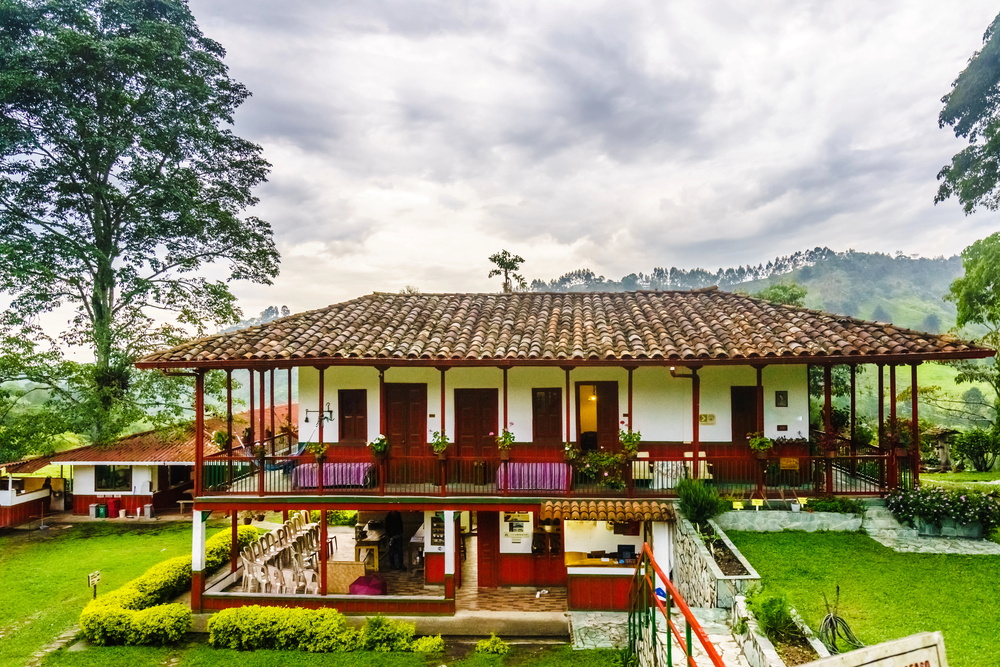
Located in Colombia’s coffee country, Salento offers more than world-class coffee. The town’s specialty is trucha al ajillo, a rainbow trout with garlic sauce, and patacones (fried green plantains).
The trout used in the local restaurants comes from nearby farms and is guaranteed to be fresh, like in any upscale urban eatery.
Tilcara, Argentina
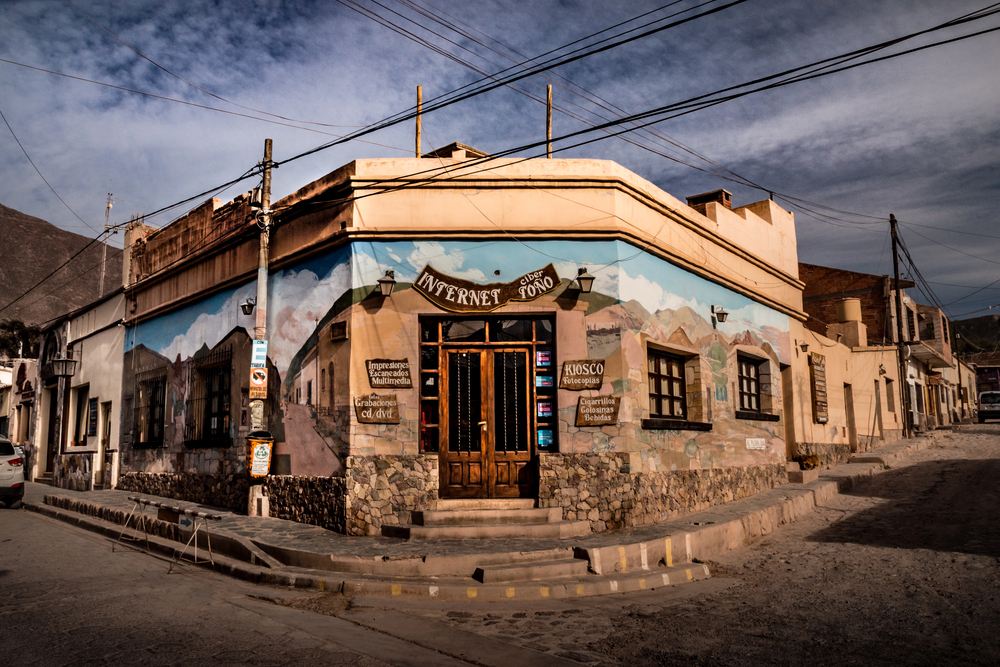
This old town in Argentina’s northern Jujuy province fuses Indigenous Andean cuisine with Spanish colonial elements. The area’s specialty is llama meat, served in numerous forms, from succulent steaks to hearty stews flavored with Andean herbs.
Markets in Tilcara also feature vibrant displays of regional specialties such as quinoa, amaranth, and native potatoes, reflecting the region’s diverse agriculture.
Like Travel Pug’s content? Follow us on MSN.
Ollantaytambo, Peru

This Inca village in the Sacred Valley is more than just an entrance to Machu Picchu. Ollantaytambo’s gastronomy boasts traditional Andean cooking techniques such as pachamanca, where hot stones cook meat and vegetables underground.
Family-run eateries in the small town prepare meals using locally found ingredients such as alpaca, cuy (guinea pig), and more than 3,000 types of native potatoes.
Morretes, Brazil
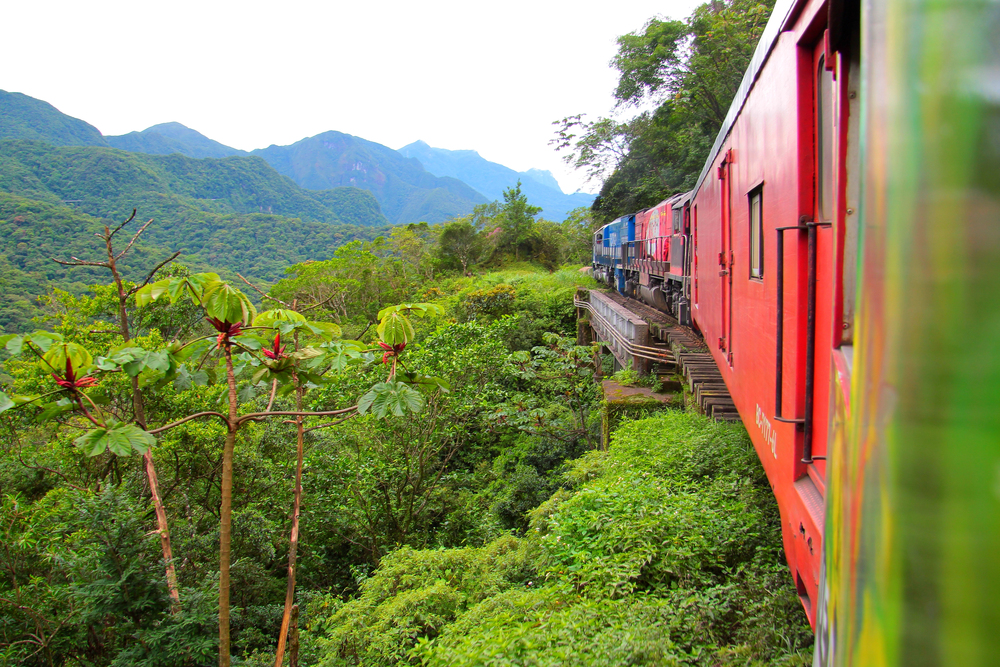
This ancient town in Paraná state is renowned for barreado, slow-cooked stewed meat prepared in pots made of earthware for 24 hours until a spoon can poke apart the beef. Rich, dark gravy is dished with rice and accompaniments of banana and manioc flour for an exquisite balance of taste representative of Brazil’s Portuguese past.
The riverside location of Morretes lends further appeal to meals, many of which provide riverfront table service on tranquil mountain waters.
Tongoy, Chile

This picturesque fishing town in northern Chile serves some of the freshest seafood in the world. Fishermen deliver their daily catch to the town’s humble restaurants, where they’re served up simply to accentuate the natural flavors.
The town’s specialty is Machas a la parmesana, baked razor clams smothered with Parmesan cheese and white wine.
Like Travel Pug’s content? Follow us on MSN.
Villa de Leyva, Colombia
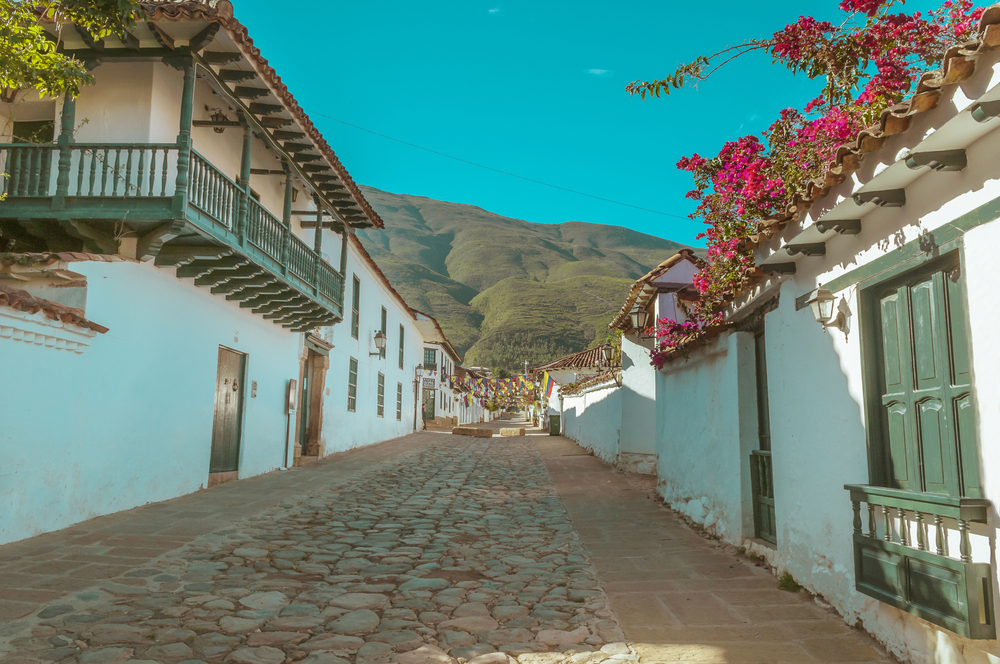
This colonial jewel upholds centuries-old culinary traditions. Some of the town’s culinary specialties are Arepas boyacenses (corn cakes filled with cheese), longaniza sausages, and dulces de leche prepared by nuns.
Villa de Leyva’s Saturday market hosts farmers from nearby regions, providing a total overview of Colombian highland gastronomy in one lively room.
Colonia del Sacramento, Uruguay
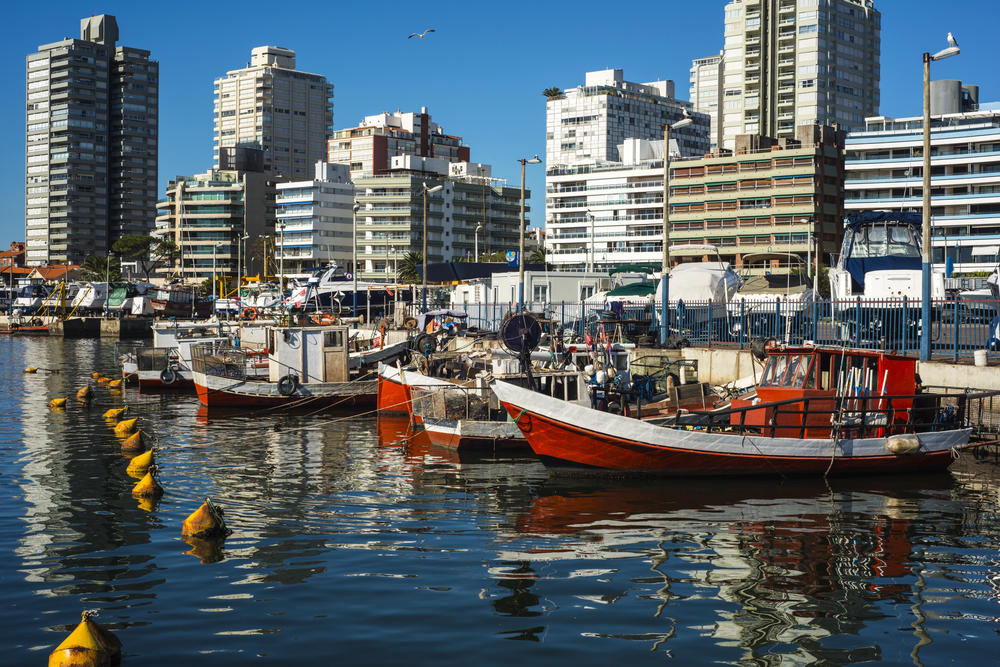
This charming UNESCO World Heritage town across the river from Buenos Aires offers more than just historic architecture. Colonia’s restaurants specialize in asado (Uruguayan barbecue), featuring cuts rarely found elsewhere and local wines from nearby vineyards.
The town’s riverside location provides restaurants with access to freshwater fish prepared according to recipes brought by Portuguese settlers centuries ago.
Humahuaca, Argentina

This high-altitude town in Argentina’s northwest features cuisine heavily influenced by indigenous traditions. Local specialties include empanadas jujeñas filled with llama meat, Andean herbs, and hearty locro stew made with corn, beans, and squash.
The town’s elevation of over 9,000 feet impacts cooking techniques, resulting in unique flavors that can’t be replicated at lower altitudes.
Like Travel Pug’s content? Follow us on MSN.
Samaipata, Bolivia

This tranquil town in eastern Bolivia combines influences from the Andes and Amazon regions. Local restaurants serve dishes featuring rare fruits, palm hearts, and exotic herbs from the nearby rainforest.
Samaipata’s specialty is sopa de maní, a peanut soup with beef and vegetables that reflects Bolivia’s diverse agricultural zones and Indigenous cooking techniques.
Baños, Ecuador
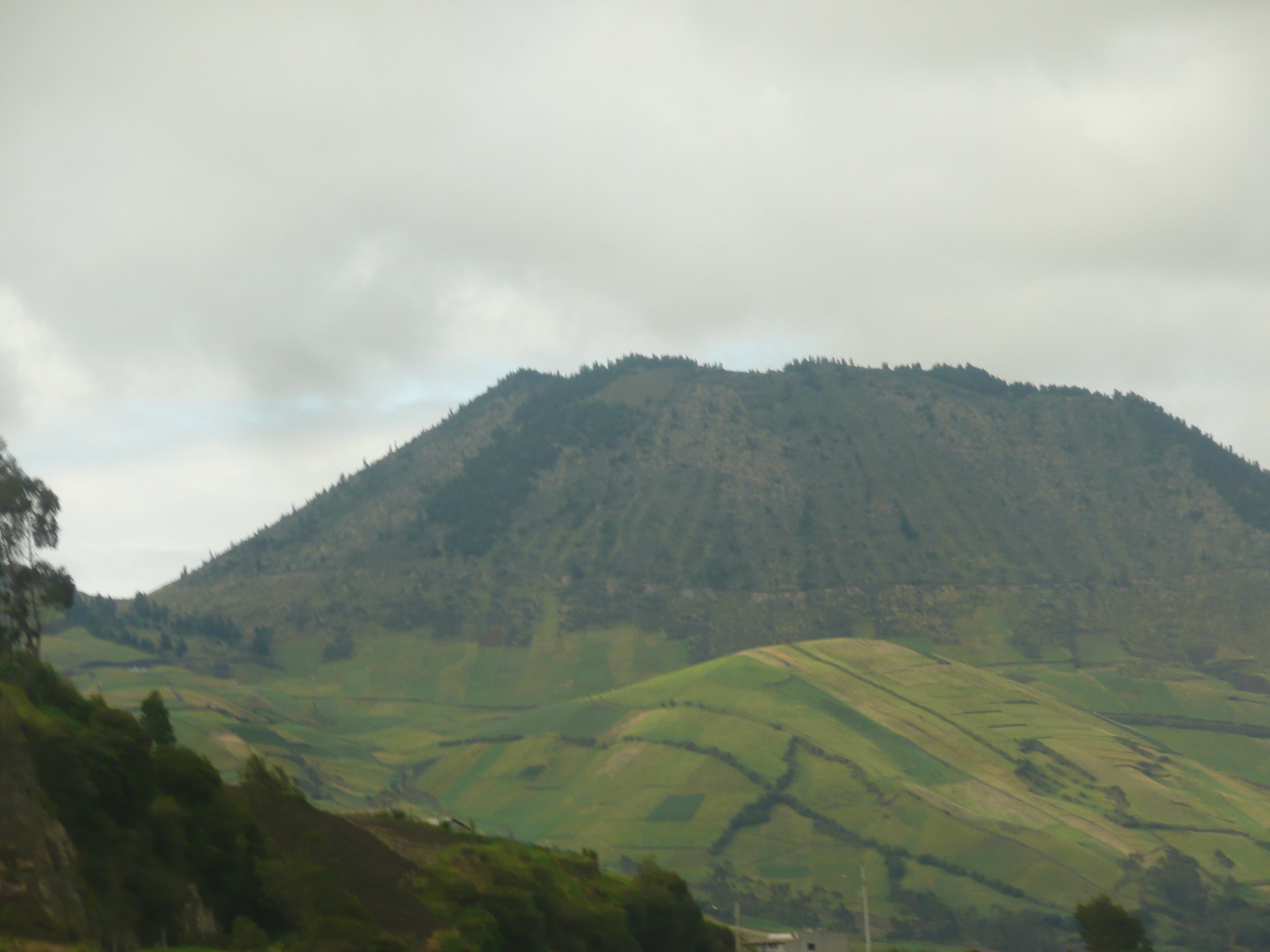
This adventurous town at the edge of the Amazon is known for its melcocha, a type of taffy pulled on wooden hooks and made from raw sugarcane. Beyond sweets, Baños offers dishes incorporating ingredients from the highlands and jungle, like guanta (a wild rodent) stew and llapingachos (cheese-stuffed potato patties).
The town’s location near hot springs means many restaurants incorporate volcanic steam in their cooking methods.
Cambará do Sul, Brazil
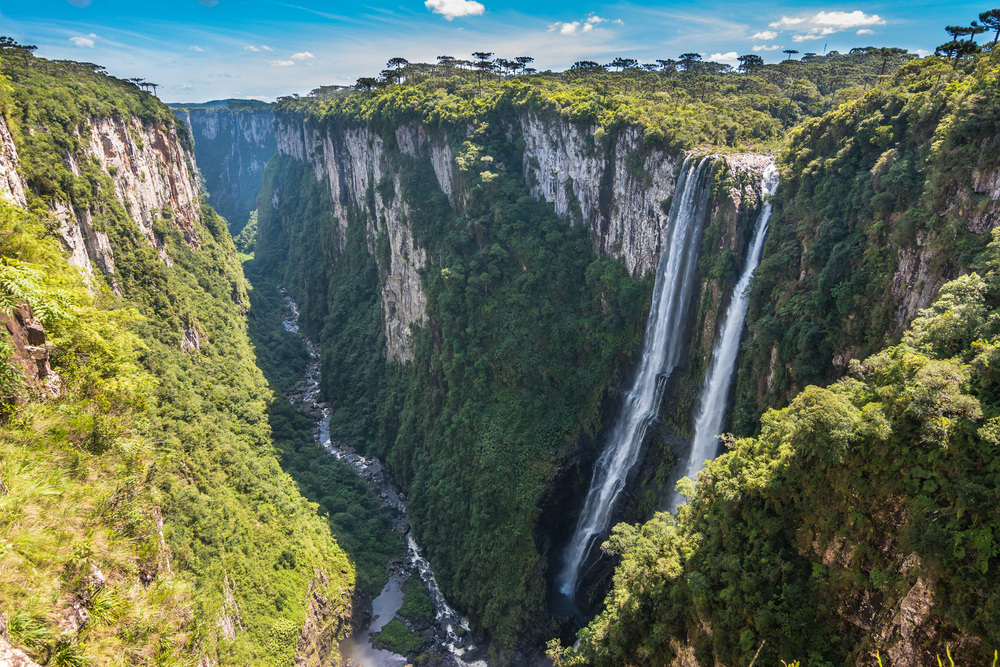
This southern Brazilian town in Rio Grande do Sul state showcases the region’s gaucho cuisine. Local specialties include pinhão (seeds from the Araucaria pine) prepared in various ways and hearty bean stews perfect for the area’s cool climate.
Small family farms surrounding the town provide restaurants with organic ingredients, creating farm-to-table experiences long before the concept became fashionable.
Like Travel Pug’s content? Follow us on MSN.
Concón, Chile
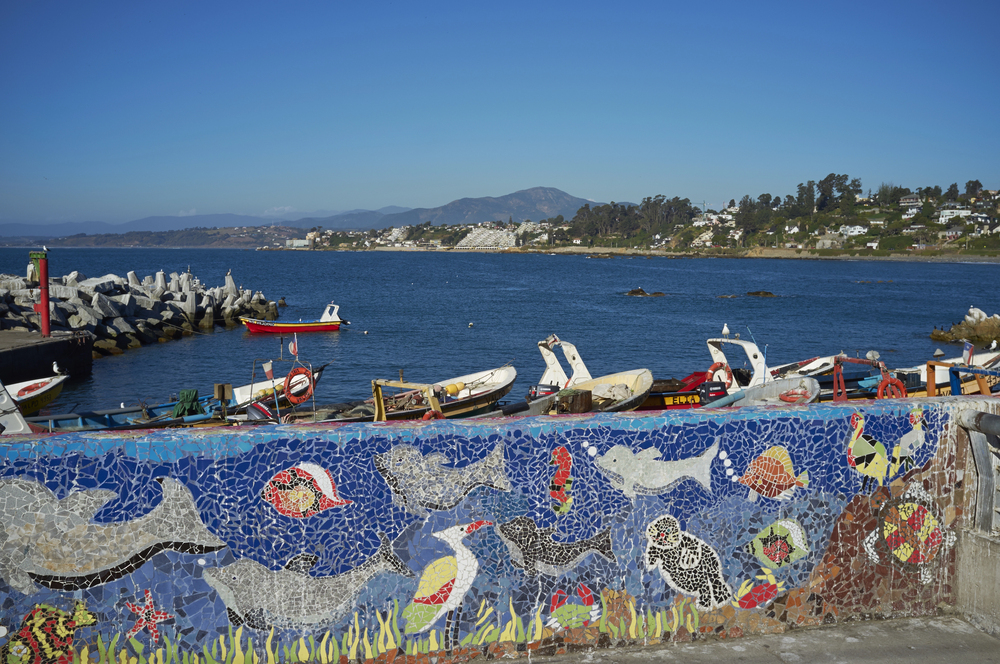
This coastal town near Valparaíso has evolved from a small fishing village into a foodie destination. Concón is recognized for its extraordinary seafood empanadas and caudillo de congo, a hearty conger eel soup celebrated in Pablo Neruda’s poetry.
The town’s cliffside restaurants offer panoramic ocean views and serve dishes representing Chile’s 2,600-mile-long coastline.
Filandia, Colombia
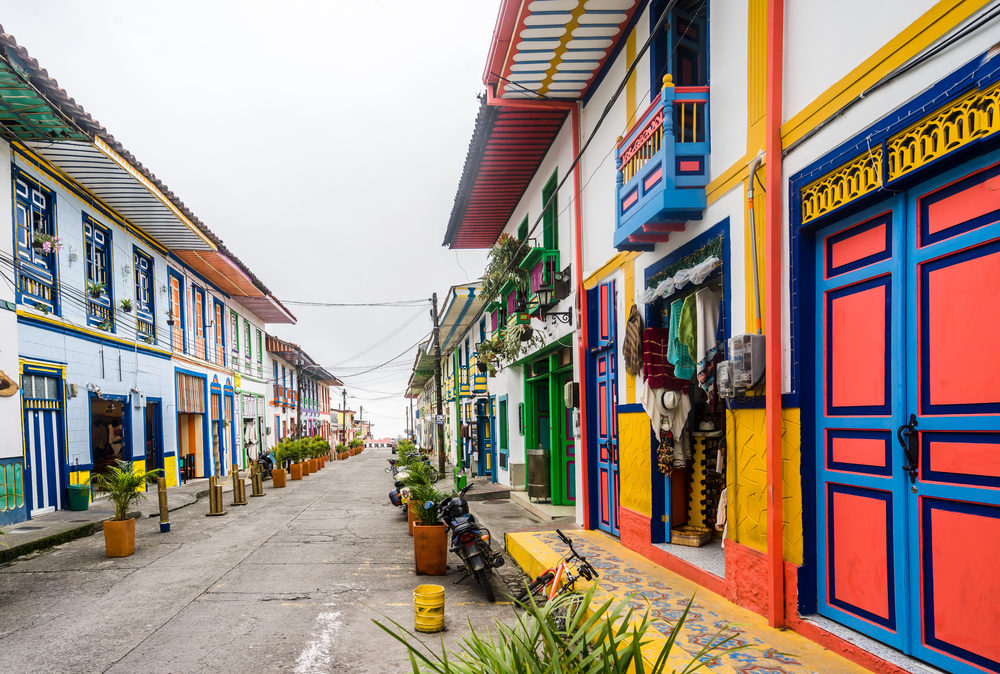
Often overlooked in favor of nearby Salento, this colorful coffee town offers exceptional regional cuisine. Filandia specializes in sancocho de gallina, a hearty chicken soup made with local vegetables and herbs picked from backyard gardens.
The town’s restaurants serve coffee prepared using methods specific to the region, bringing out flavors that chain coffee shops simply cannot replicate.
Lobitos, Peru
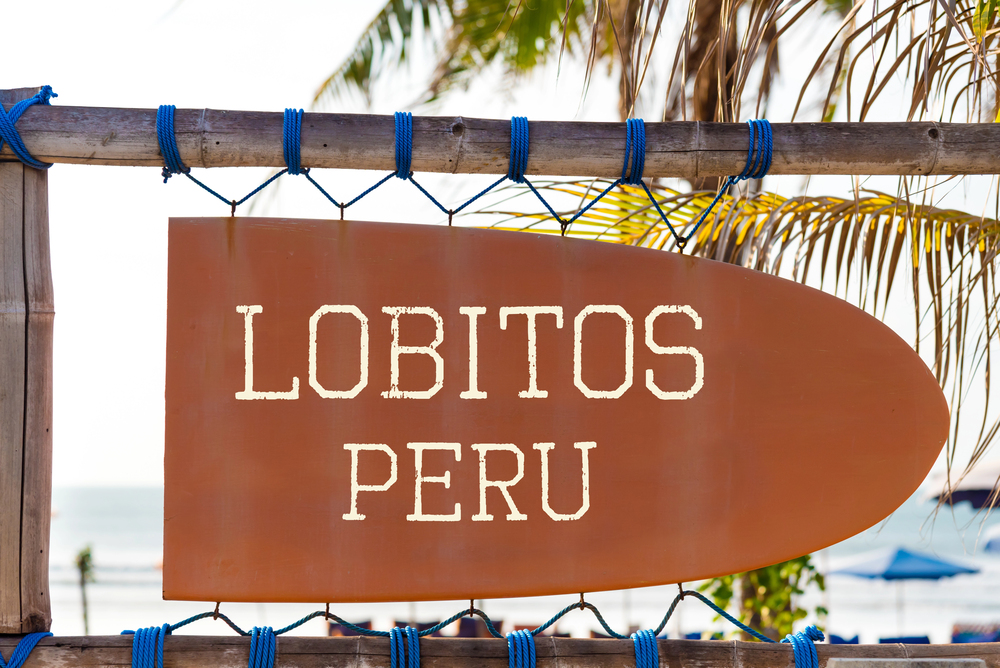
This ex-oil town turned surf resort on Peru’s north coast serves surprisingly refined seafood meals. Locally owned cevicherías offer variations made with ingredients such as banana, passion fruit, and local chili peppers not included in traditional Peruvian fare.
Lobitos’s isolation means that restaurants depend virtually entirely on day-to-day catches and seasonal produce, resulting in constantly shifting menus dictated by the environment.
Like Travel Pug’s content? Follow us on MSN.
Copacabana, Bolivia
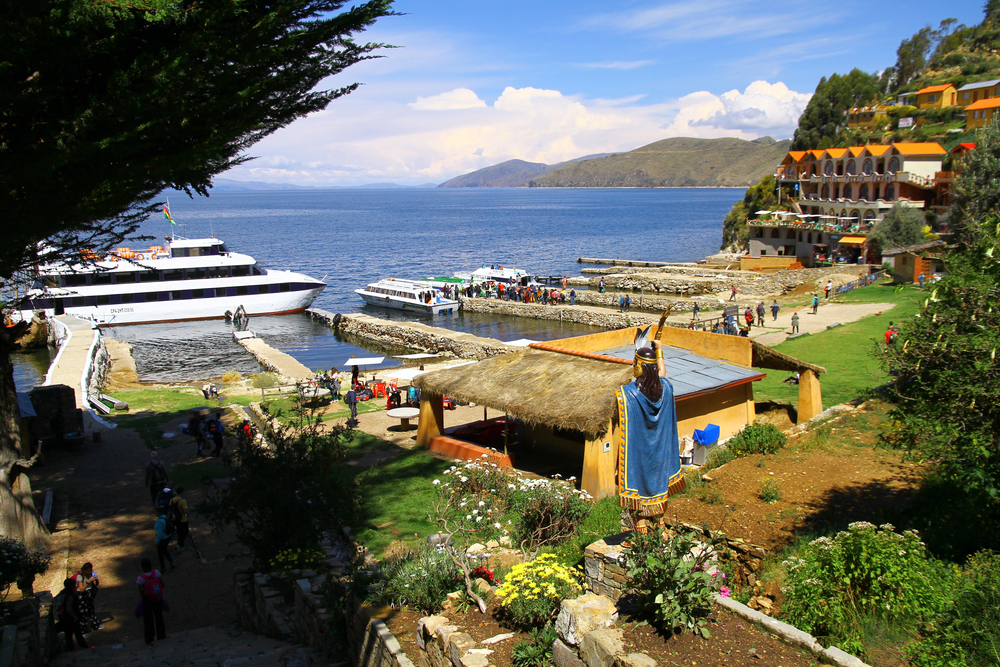
This lakeside town on the shores of Lake Titicaca serves exceptional freshwater fish dishes prepared according to Aymara traditions. The local specialty is trucha a la plancha con quinua, grilled trout served with quinoa cultivated from surrounding fields.
Restaurants in Copacabana incorporate age-old preservation techniques like dehydration, which locals have used for centuries to survive harsh Andean winters.
Lençóis, Brazil
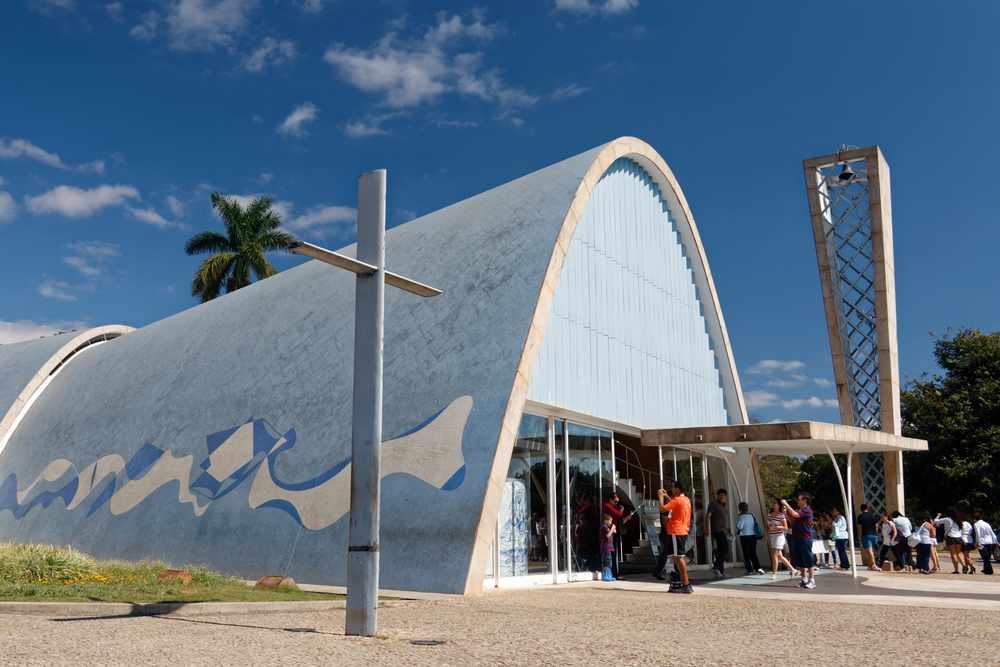
This historic diamond mining town in Bahia’s interior showcases Afro-Brazilian cuisine rarely found elsewhere. Local specialties include godó de banana (green banana stew), moqueca de peixe de água doce (freshwater fish stew), and various dishes featuring native fruits from the surrounding Chapada Diamantina.
The town’s isolated location preserves cooking techniques brought by enslaved Africans centuries ago.
El Chaltén, Argentina
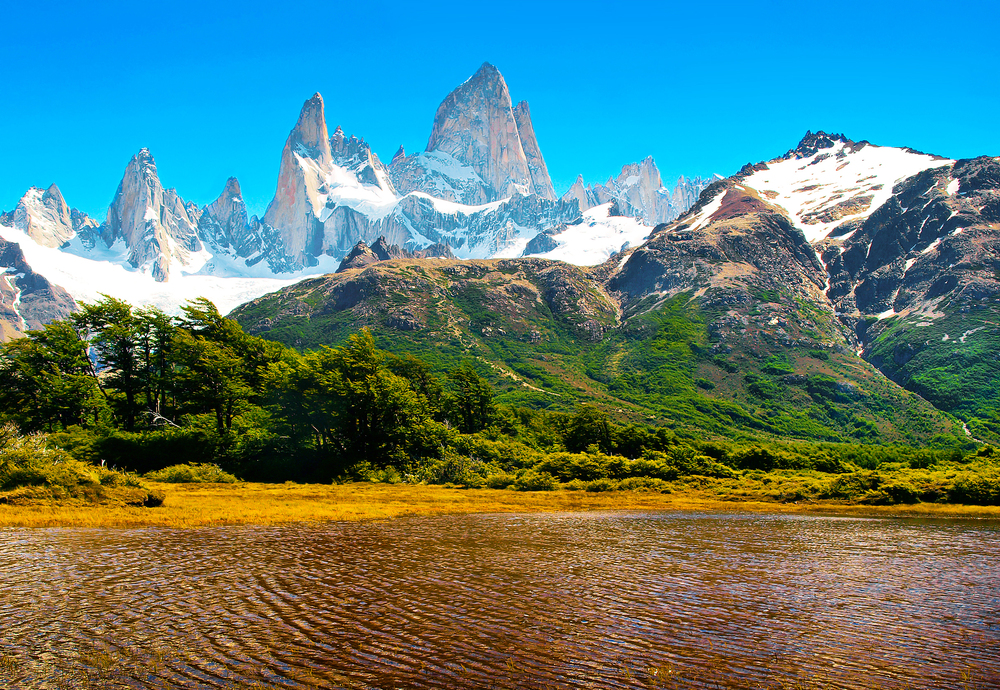
This remote mountain town in Patagonia might seem an unlikely culinary destination, but its isolation has created a unique food culture. Local chefs have mastered preparing Patagonian lamb, wild mushrooms, and calafate berries harvested from surrounding mountains.
El Chaltén’s restaurants often incorporate foraging into their menus, highlighting ingredients that can only be found in this pristine wilderness.
Like Travel Pug’s content? Follow us on MSN.
San Pedro de Atacama, Chile

This desert oasis town features cuisine adapted to extreme conditions. Local specialties include algarrobo (mesquite) bread, llama charqui (jerky), and rica rica-infused spirits made from native herbs with medicinal properties.
The town’s restaurants have revived ancient techniques from the Atacameño people for preserving food in one of the world’s driest environments.
Mindo, Ecuador
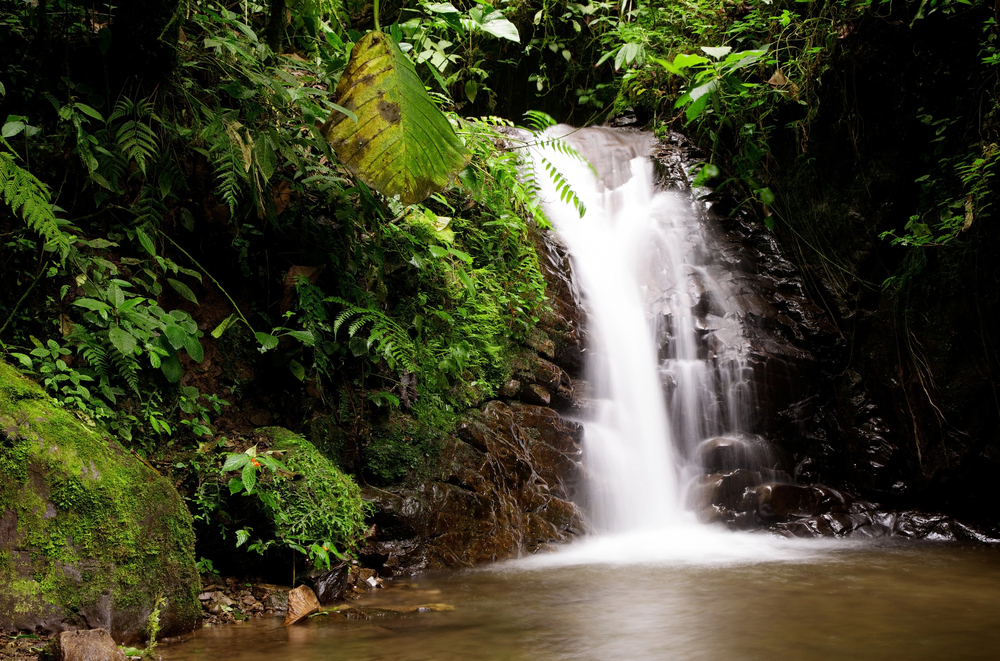
This cloud forest town offers cuisine featuring ingredients from one of the world’s most biodiverse regions. Local dishes incorporate unusual fruits, herbs, and freshwater fish found nowhere else.
Mindo is also famous for its chocolate, which is made from cacao grown in the surrounding forests and processed using methods that preserve the beans’ complex flavor profiles.
Valle de Elqui, Chile
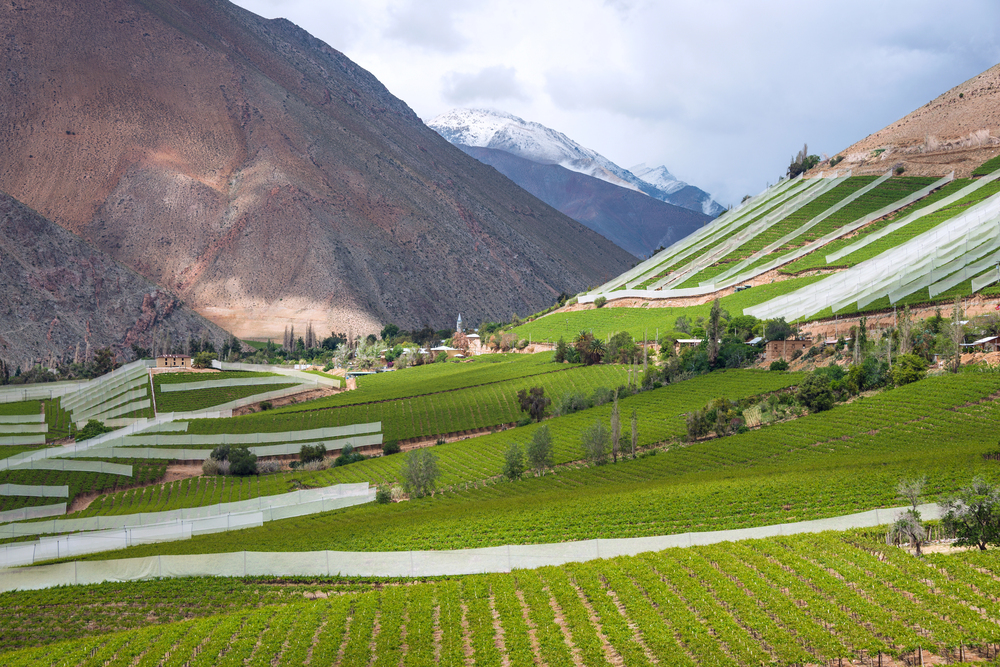
This valley town is famous for pisco production, and it pairs its spirits with dishes that complement the local terroir. Restaurants serve goat cheese from nearby farms, papaya preserves, and unique preparations of local produce grown in the valley’s microclimate.
The clear mountain air and mineral-rich soil create ingredients with intense flavors that skilled local chefs transform into memorable meals.
Like Travel Pug’s content? Follow us on MSN.
The Flavor of Adventure
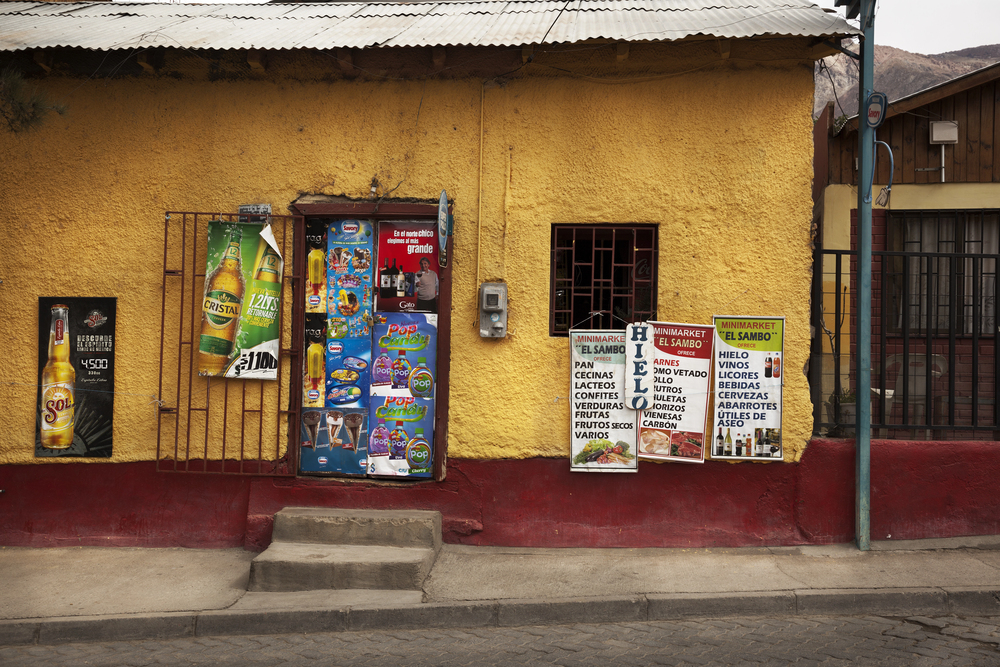
These twenty towns represent South America’s incredible culinary diversity, from Andean highlands to coastal fishing villages and everything in between. Their food scenes provide authentic experiences that connect visitors directly to local cultures, agricultural practices, and centuries of culinary evolution.
These smaller destinations often deliver more meaningful food experiences than their famous counterparts, allowing travelers to discover the true heart of South American cuisine through the kitchens of those who know it best.
More from Travel Pug

- Cities Growing so Fast You Won’t Recognize Them in 10 Years
- 13 Destinations Where Tourists Regularly Regret Their Trip
- 20 Obscure WWII Sites Even History Buffs Don’t Know About
- 10 Under-the-Radar Mountain Towns That Are Both Affordable and Beautiful
- Remote Villages in Europe Where You Can Live for Free in Exchange for Work
Like Travel Pug’s content? Follow us on MSN.
